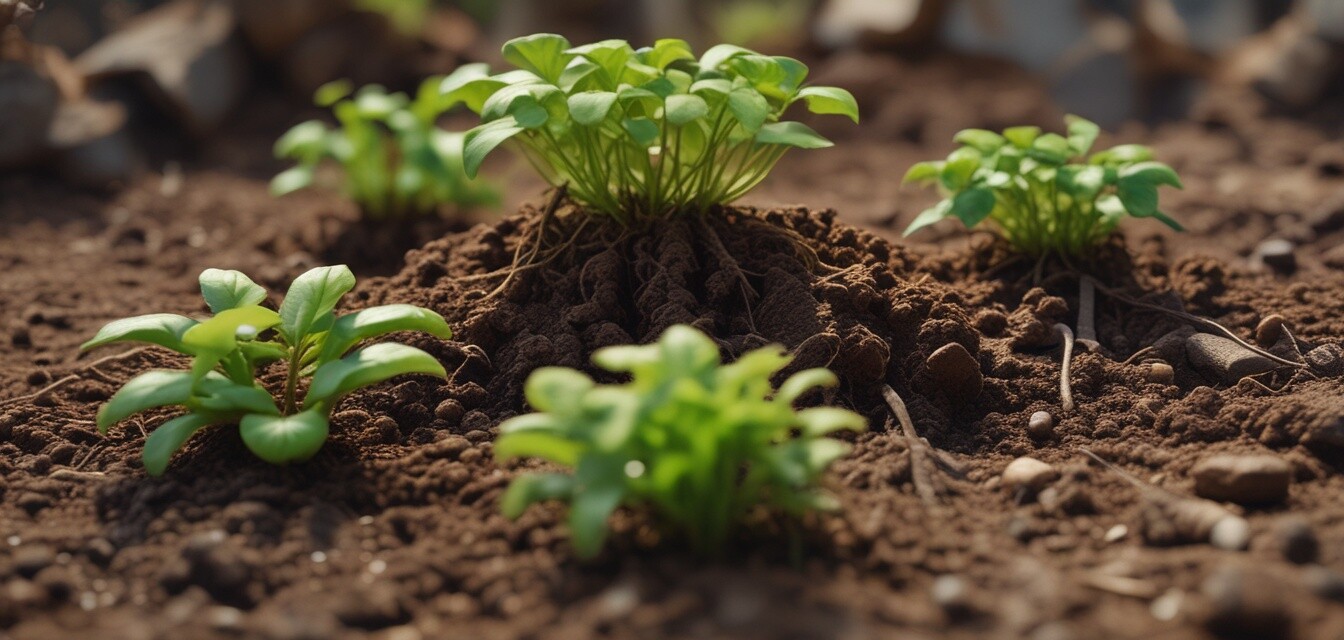
Understanding Soil Testing and Improvement Techniques
- Soil testing is crucial for understanding soil composition and nutrient levels.
- Improvement techniques can vary from organic amendments to pH adjustments.
- Regular testing helps maintain optimal conditions for plant growth.
- Awareness of your soil type can inform your gardening choices.
Your soil is the foundation of your garden. Healthy soil leads to thriving plants, while poor soil quality can hinder growth and yield. This article will guide you through soil testing methods and improvement techniques that can optimize your garden's soil health.
Why is Soil Testing Important?
Soil testing provides insight into the nutrient availability and pH levels of your soil. This information is critical for:
- Understanding nutrient deficiencies or excesses.
- Tailoring fertilization plans appropriately.
- Identifying soil pH, influencing plant choices.
- Monitoring changes in soil health over time.
Types of Soil Tests
There are several methods to test soil, each offering different levels of detail:
| Test Type | Description | Why Use It? |
|---|---|---|
| Basic Nutrient Test | Measures essential nutrients (N, P, K) | Quick overview of nutrient availability |
| pH Test | Determines soil acidity or alkalinity | Helps choose suitable plants and amendments |
| Organic Matter Test | Assesses the content of decomposed plant material | Indicates soil fertility and moisture retention |
| Soil Texture Test | Analyzes the proportions of sand, silt, and clay | Influences drainage and nutrient retention |
How to Conduct a Soil Test
Performing a soil test is a straightforward process:
- Choose sampling sites—typically, take samples from multiple areas in your garden.
- Use a clean tool (like a trowel) to collect soil samples from the top 6 inches of soil.
- Mix the samples in a clean bucket and remove any debris.
- Follow the instructions of your chosen soil testing kit or send samples to a laboratory.
Improvement Techniques for Soil Health
Improving your soil can lead to better garden results. Here are some techniques:
1. Adding Organic Amendments
Organic matter enhances soil structure, moisture retention, and nutrient availability. Common organic amendments include:
- Compost
- Manure
- Peat moss
- Green manure (cover crops)
2. Adjusting pH Levels
If your soil's pH is imbalanced, you can add amendments to adjust it:
- To raise pH (for acidic soils), add lime.
- To lower pH (for alkaline soils), add sulfur or peat.
3. Improving Drainage
Poor drainage can lead to waterlogged soil. Here are a few solutions:
- Add organic matter to increase infiltration.
- Build raised beds to improve drainage.
- Install drainage tiles or similar systems.
4. Crop Rotation and Diversity
Changing the types of plants you grow can help bolster soil health. For instance:
- Rotate crops to prevent nutrient depletion.
- Introduce legumes to fix nitrogen in the soil.
Monitoring Soil Health Over Time
Regular soil testing should become part of your gardening routine. Consider testing annually or biannually to:
- Track changes in nutrient levels.
- Evaluate the effectiveness of your improvement techniques.
- Adapt your gardening strategies based on test results.
Pros
- Enhanced plant growth and yield.
- Customized gardening approaches based on soil health.
- Long-term cost savings due to improved soil conditions.
Cons
- Initial costs for testing kits or lab fees.
- Time-consuming process to amend soil properly.
- Ongoing maintenance required to keep soil healthy.
Conclusion
Soil testing and improvement techniques are essential to creating a thriving garden. By understanding your soil's needs and making informed decisions about amendments and practices, you can enhance your garden's productivity and health. For more in-depth tips on gardening materials, visit our Buying Guides.
Explore additional resources in our Composting & Waste Management, or look into our selections for Eco-Friendly Fertilizers and Garden Tools to support your gardening journey.